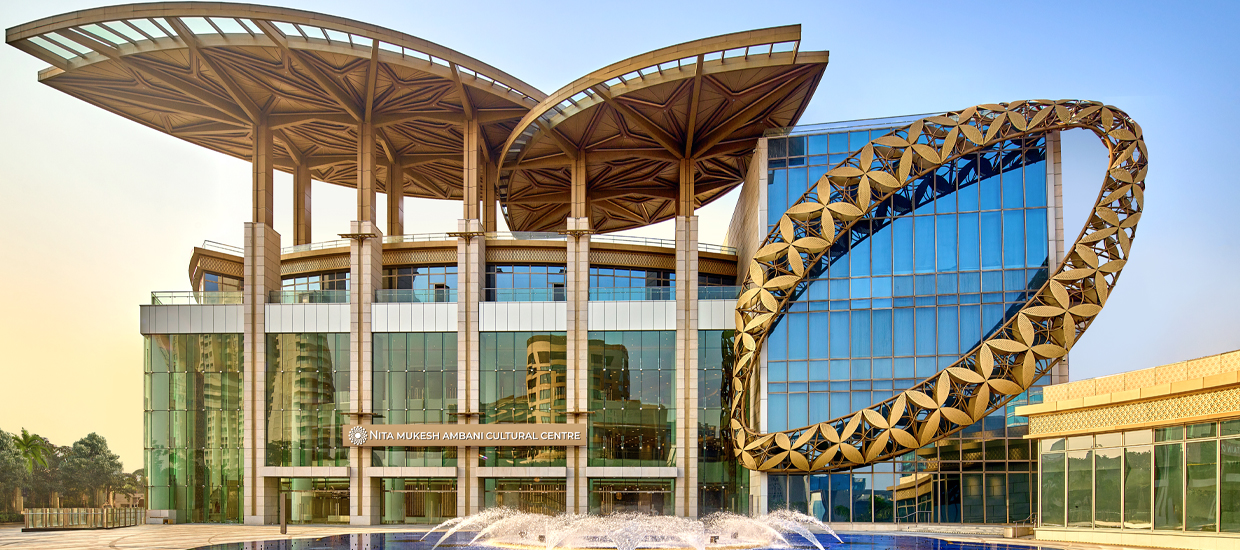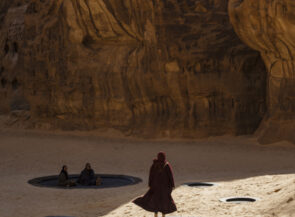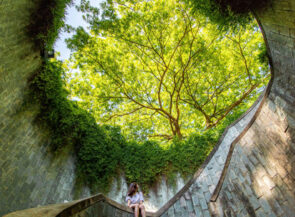Whether it be food, film, fine art, or fashion, India has long been known for its exuberant cultural creations. In recent years, though, the country has gone into overdrive, using its economic clout and its flair for the dramatic to become a global cultural powerhouse.
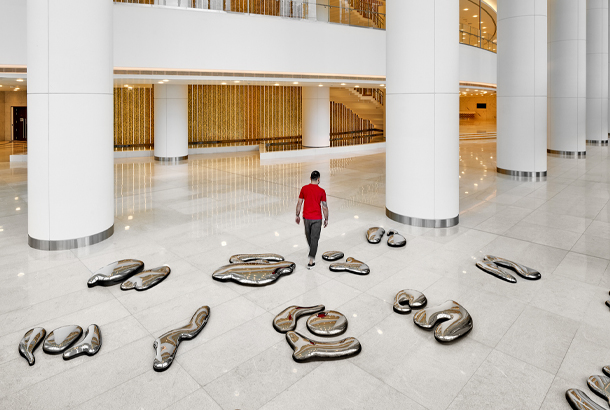
Mumbai’s Jio World Centre—a vast exposition complex that opened last year—is the latest expression of India’s ambitions. Already home to luxury retailers, high-end restaurants, and the world’s largest passenger elevator (capable of carrying more than 200 people), the development now also boasts the eye-catching Nita Mukesh Ambani Cultural Centre, which includes expansive arts spaces and a theater with more than 2,000 seats and a ceiling glimmering with Swarovski crystals. Philanthropist Nita Mukesh Ambani, the multidisciplinary venue’s founder, describes it as “an ode to our nation [that will] preserve and promote Indian art and heritage. Our vision is to bring the best of India to the world and the best of the world to India.”
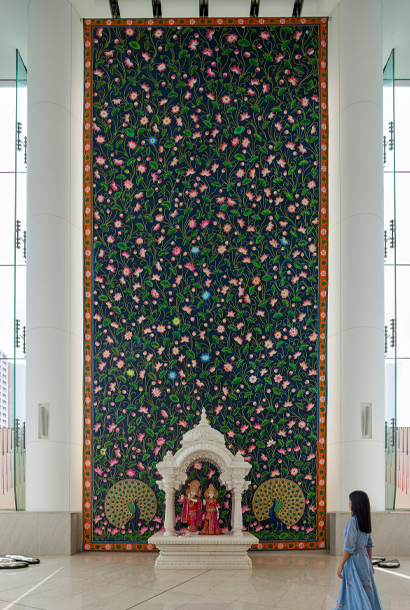
The NMACC, which opened its doors on March 31, takes its initial steps toward that vision with its inaugural shows. These include an exploration of India’s influence on global fashion overseen by Vogue editor Hamish Bowles; an exhibition of Indian and Western artists co-curated by Indian cultural theorist Ranjit Hoskote and American art guru Jeffrey Deitch; and a musical-theater collaboration between celebrated Indian director Feroz Abbas Khan and various luminaries of Indian, American, and British theater production.
Much of this is possible, of course, because of the NMACC’s location in India’s most outward-looking city. “Mumbai is a melting pot of culture, commerce, and communities—perfectly poised to be home to such a center,” Ambani says. “For a modern space to become a timeless legacy, it has to present that rare alchemy of craft and culture, which draws from centuries of tradition but appeals to global tastes. We see the Nita Mukesh Ambani Cultural Centre as a tribute to our glorious nation and a reflection of the aspirations of New India.”
